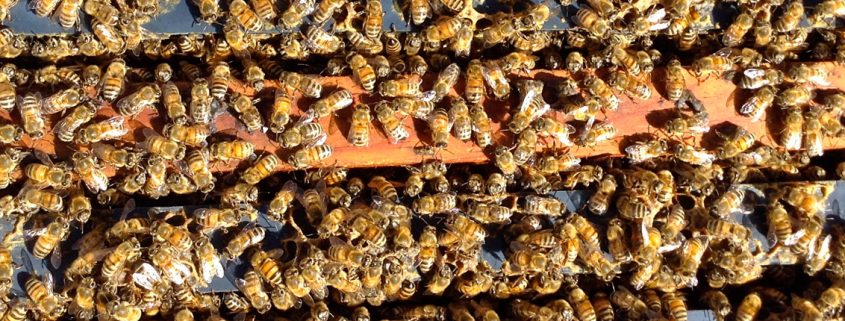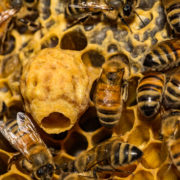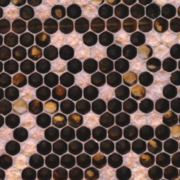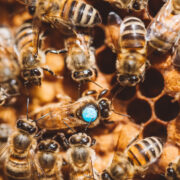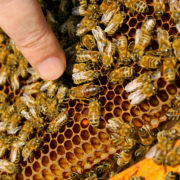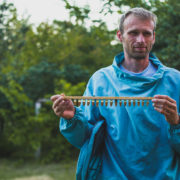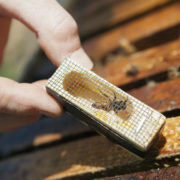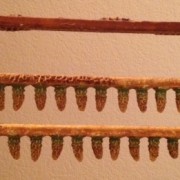Family Ties
Sometimes, here at Wildflower Meadows, we run across a colony that appears superior in all respects. As a queen breeder, finding a special colony is always a promising affair. So, of course, we wonder, perhaps we have discovered some sort of “super colony”; the honeybee equivalent to a superhero, like Wonder Woman. Maybe if we could breed from this colony we could create a “Super Bee” or some other sort of legendary strain of bee.
However, not so fast . . .
It is tempting to think that the daughter of a superstar will be a superstar herself, but this is an oversimplification. First of all, we have no idea what made the original colony perform so well. Might it have been environmental factors rather than genetics? Perhaps the bees found a pollen source that no other colony in the apiary found. Or, what if they are situated in such a spot in the apiary that they are the recipient of drifting bees? Maybe the reason that they are mite-free is not that they are resistant, but simply lucky enough to never have encountered them in large numbers. In short, what if it is simply good luck that is making this colony appear so special?
Far more importantly, we need first consider whether the superstar colony itself is one of Wildflower Meadows’ pure and known bee lines, or instead a first-or-second-generation hybrid. If the queen is a hybrid, her offspring are almost certainly going to be unpredictable. The queen could be carrying many different latent or recessive genes that are not now visible, but could become apparent in next generations. In general, it is best to breed from pure and known bee lines so that the offspring has a predictability in the immediate generation to follow. As we described in a previous post, Hybrid Vigor, the most vigorous queens are the result of F1 (first-generation) hybrid bees. The only way to create this vigor is by starting with pure lines, not with existing hybrids. Therefore, it is important to remember that one beehive is not a proven line of bees!
This is why when Wildflower Meadows evaluates colonies for breeding potential, we need to consider more than one colony. We really need to look at the queen’s entire family, and her family ties. Ideally, we attempt to examine at least six of the sisters of the queen we are considering. Are they too performing as well? Are they too uniform? In any breeding effort, the goal is consistency, and the only way to ensure consistency is to prove that the breeder herself is producing steady results. The daughters should perform at least as well as the mothers, and should do so time and time again.

